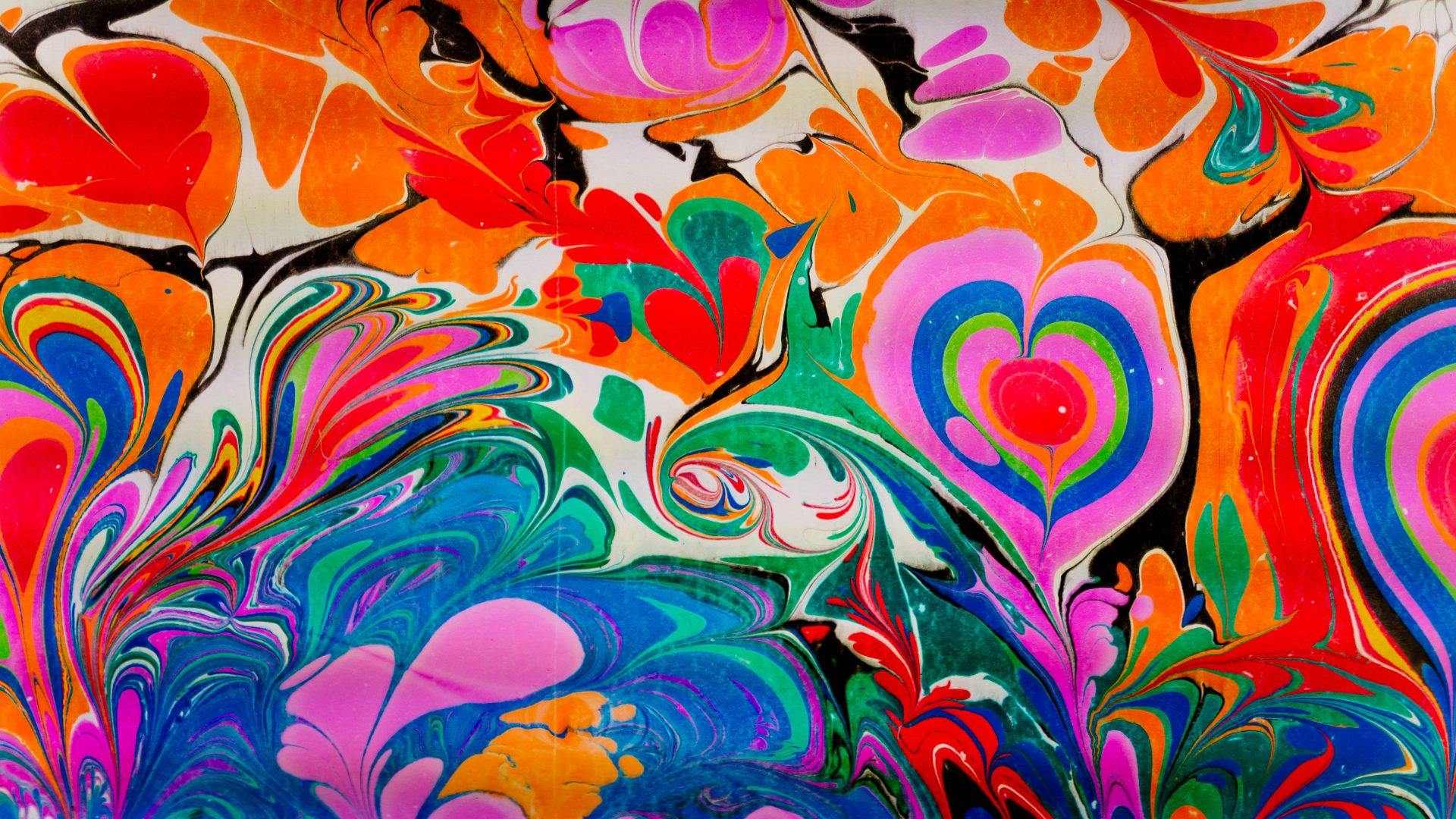Bön: Tibetan Indigenous Religion and Bonpo Traditions

Hey there, amazing readers! 🖐️ Just a quick note: yes, we know there are a lot of ads here. Trust us, we get it—it’s not the prettiest look, but they help us keep this blog alive and kicking. Those pesky little ads cover the costs of all the behind-the-scenes magic, from hosting and tech stuff to creating content we hope you’ll love.
We’re committed to delivering quality posts, and your support (even just sticking around despite the ads) means everything to us. So, bear with us, and thanks for helping us keep the good vibes rolling. Now, on to the fun stuff! 😉
TRANSLATE BUTTON AT THE END OF THE ARTICLE
Introduction to Bön Religion
Bön is a Tibetan indigenous religion that has ancient roots in the pre-Buddhist era of Tibet.
It is a spiritual tradition that encompasses unique beliefs, rituals, and practices that have been passed down through generations.
The Bön religion is deeply intertwined with the culture and history of Tibet, making it a significant aspect of Tibetan identity.
Bön is often referred to as the "indigenous religion of Tibet" and is considered the original spiritual tradition of the region before the introduction of Buddhism.
History of Bön Tradition
The history of the Bön tradition dates back thousands of years, with its origins shrouded in the mists of time.
Legend has it that the founder of Bön, Shenrab Miwoche, lived in ancient Tibet and spread the teachings of Bön to the people of the region.
Over the centuries, the Bön tradition has evolved and adapted to changing times, absorbing influences from other spiritual traditions while maintaining its core beliefs and practices.
Despite facing challenges and persecution, the Bön tradition has persevered and continues to be a vital part of Tibetan culture.
Beliefs and Practices of Bonpo
Bonpos, followers of the Bön tradition, hold a set of unique beliefs that shape their worldview and guide their spiritual practices.
Central to Bön beliefs is the idea of the interconnectedness of all beings and the importance of living in harmony with nature.
Bonpos also believe in the existence of various realms and deities, as well as the concepts of karma and reincarnation.
Rituals, prayers, and meditation are essential components of Bön practice, helping practitioners cultivate compassion, wisdom, and enlightenment.
Bön Scriptures and Texts
The Bön tradition has a rich corpus of scriptures and texts that serve as a source of guidance and inspiration for practitioners.
These texts include ancient manuscripts, teachings from Bön masters, and commentaries on spiritual practices.
The most important Bön scripture is the "Zhang Zhung Nyan Gyud," which contains the foundational teachings of the tradition.
Other texts, such as the "Ma Gyud" and "Dzogchen Tantras," explore advanced spiritual practices and esoteric teachings within the Bön tradition.
Rituals and Ceremonies in Bön
Rituals and ceremonies play a significant role in Bön practice, serving as a means of purifying negative karma, invoking blessings, and connecting with spiritual forces.
Bön rituals often involve chanting mantras, making offerings, and performing intricate symbolic gestures.
Ceremonies such as the "Chod" ritual, which involves cutting through the ego, and the "Sok" ritual, which purifies negative energies, are central to Bön practice.
These rituals aim to transform the practitioner’s mind and create a conducive environment for spiritual growth.
Bön Monastic System
The Bön monastic system is a vital institution within the tradition, providing a structured environment for practitioners to study, meditate, and engage in spiritual practices.
Bön monasteries, such as Menri Monastery in India and Triten Norbutse Monastery in Nepal, serve as centers of learning and practice for monks and nuns.
Monastic life in Bön follows a rigorous schedule of prayer, study, and work, with a focus on cultivating wisdom and compassion.
Monks and nuns play essential roles in preserving and transmitting the teachings of Bön to future generations.
Bön Art and Iconography
Bön art and iconography are integral aspects of the tradition, serving as visual representations of spiritual concepts and teachings.
Bön art often features intricate mandalas, thangkas (religious paintings), and sculptures of deities and spiritual figures.
Each symbol and image in Bön art carries deep spiritual significance and is designed to evoke a sense of awe and reverence in the viewer.
Bön artists use a variety of mediums, such as wood, metal, and silk, to create sacred objects and artworks that inspire devotion and contemplation.
Bön Influence on Tibetan Culture
The Bön tradition has had a profound influence on Tibetan culture, shaping art, literature, music, and dance in the region.
Bön rituals and ceremonies are integral parts of Tibetan life, with festivals such as Losar (Tibetan New Year) and Monlam (Great Prayer Festival) incorporating Bön elements.
Bön teachings on compassion, wisdom, and the interconnectedness of all beings have also influenced Tibetan Buddhist thought and practice.
The Bön tradition continues to be a vibrant and dynamic force in Tibetan culture, enriching the spiritual landscape of the region.
Contemporary Bön Practices
In modern times, the Bön tradition has adapted to changing circumstances while staying true to its ancient roots.
Bön practitioners have embraced technology and social media to share teachings and connect with a global audience.
Bön centers around the world offer classes, retreats, and workshops on Bön meditation, astrology, and healing practices.
The Bön tradition continues to attract followers from diverse backgrounds who are drawn to its timeless wisdom and profound spiritual teachings.
Bön and Tibetan Buddhism
Bön and Tibetan Buddhism have a complex and intertwined history, with both traditions influencing each other over the centuries.
While Bön predates the introduction of Buddhism to Tibet, the two traditions have coexisted and interacted for many years.
Bön and Tibetan Buddhism share common spiritual practices, such as meditation, visualization, and mantra recitation.
Despite their similarities, Bön and Tibetan Buddhism maintain distinct philosophical and ritual traditions that reflect their unique origins and evolution.
Preservation Efforts of Bön Tradition
Efforts are underway to preserve and promote the Bön tradition for future generations.
Bön monasteries, cultural institutions, and academic centers work tirelessly to document, translate, and disseminate Bön teachings and texts.
Organizations such as the Ligmincha International and the Yungdrung Bon Monastic Center support Bön practitioners and promote awareness of the tradition worldwide.
Scholars and researchers collaborate with Bön masters to study and preserve the unique cultural heritage of the Bön tradition.
These preservation efforts ensure that the wisdom and teachings of Bön continue to inspire and benefit humanity.
Conclusion: Significance of Bön Religion
In conclusion, the Bön tradition is a valuable and integral part of Tibetan culture and spirituality.
With its ancient roots, rich history, and profound teachings, Bön offers a unique perspective on the nature of reality and the path to enlightenment.
Bön practices, rituals, and scriptures provide practitioners with a roadmap for navigating the complexities of existence and cultivating wisdom and compassion.
The Bön tradition’s influence on Tibetan culture and its ongoing preservation efforts underscore its enduring significance and relevance in the modern world.
As we continue to unravel the secrets of the Bön tradition, we uncover a treasure trove of spiritual wisdom that enriches our lives and connects us to the timeless traditions of Tibet.

The Enlightenment Journey is a remarkable collection of writings authored by a distinguished group of experts in the fields of spirituality, new age, and esoteric knowledge.
This anthology features a diverse assembly of well-experienced authors who bring their profound insights and credible perspectives to the forefront.
Each contributor possesses a wealth of knowledge and wisdom, making them authorities in their respective domains.
Together, they offer readers a transformative journey into the realms of spiritual growth, self-discovery, and esoteric enlightenment.
The Enlightenment Journey is a testament to the collective expertise of these luminaries, providing readers with a rich tapestry of ideas and information to illuminate their spiritual path.
Our Diverse Expertise 🌟
While our primary focus is on spirituality and esotericism, we are equally passionate about exploring a wide range of other topics and niches 🌍📚. Our experienced team is dedicated to delivering high-quality, informative content across various subjects ✨.
To ensure we provide the most accurate and valuable insights, we collaborate with trusted experts in their respective domains 🧑🏫👩🏫. This allows us to offer well-rounded perspectives and knowledge to our readers.
Our blog originally focused on spirituality and metaphysics, but we’ve since expanded to cover a wide range of niches. Don’t worry—we continue to publish a lot of articles on spirituality! Frequently visit our blog to explore our diverse content and stay tuned for more insightful reads.





